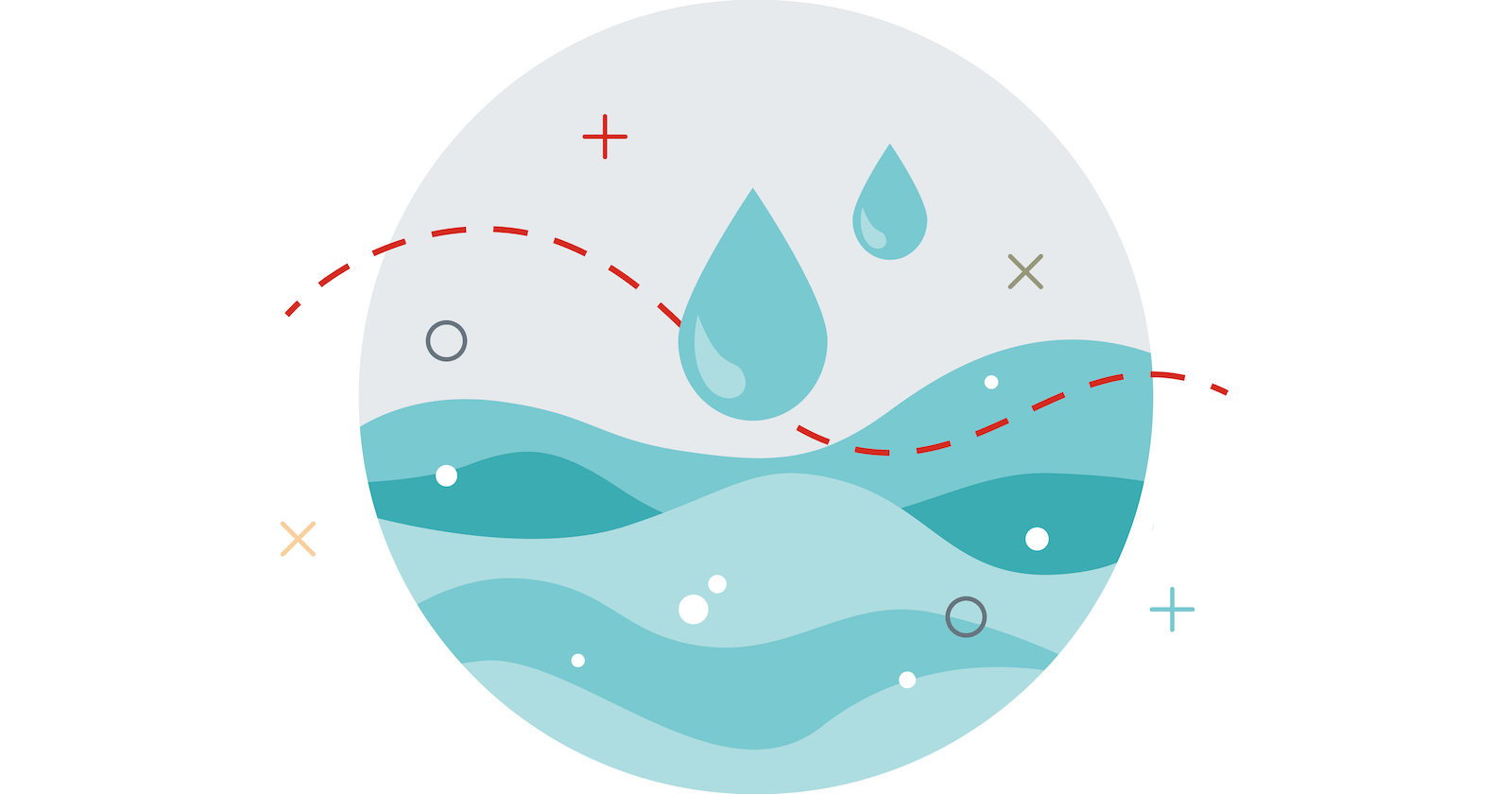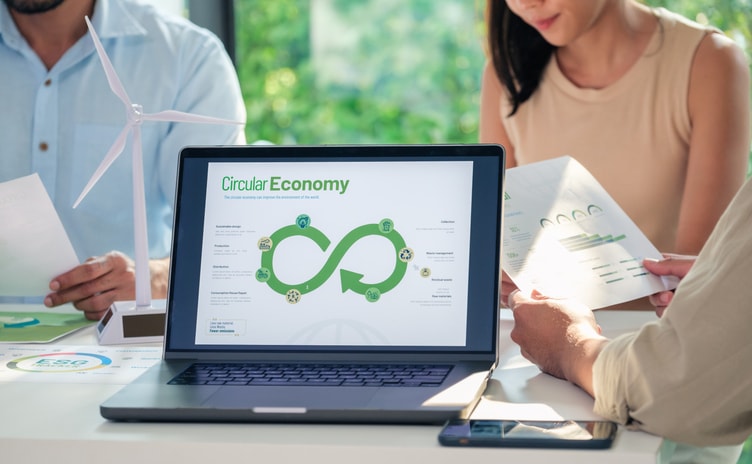Tuesday, February 21, 2023
A consortium of companies and institutions in the Netherlands is to establish these crops on the coasts of the country, the first on a commercial scale in the world.
Source: Colpisa
Algae is food, an important source of basic protein for the food industry and even a valid material for bioconstruction. Its potential as a natural resource was noticed years ago by a group of researchers and members of the algae industry in the Netherlands, represented and led by the non-profit organization North Sea Farmers. Now, almost a decade later, they plan to open by the end of the year the world's first commercial-scale algae farm located between wind turbines, which will also capture dozens of tons of CO2 emissions from the atmosphere.
The project, called North Sea Farm 1, has obtained the financial support of Amazon, which will allocate 1.5 million euros for the construction of these marine crops, an action that is part of its Right Now Climate Fund program , for the promotion of companies with innovative ideas for the green transformation of the economy.
In addition to this private contribution, the project is supported by the European Union, which has selected the project as a beneficiary of the Innovation Fund.
The planned installation would occupy the spaces between the offshore wind farms located off the coast of the Netherlands, taking advantage of these infrastructures to connect networks under the sea, on which algae would grow. In the first phase, and with Amazon's contribution, a 10-hectare farm will be built with the capacity to produce six tons of fresh algae in its first year of operation.
What is its real potential to clean the air?
During this time, the project will have aspirations beyond the commercial. Investments will also cover research around the ability of these marine organisms to sequester CO2 from the atmosphere during their growth.
"If the area of algae cultivation were to be spread across the entire North Sea, and occupy the one million hectares of available space that exists in wind farms, potentially millions of tons of CO2 could be removed from the atmosphere per year by 2040," say the project's promoters.
The ability of algae to capture this greenhouse gas from the atmosphere is well known in the world of science. In Spain there are projects such as that of the Andalusian company AlgaEnergy, whose microalgae plant for the production of biomass located in Arcos de la Frontera (Cádiz) has been shown to capture some 200 tons of CO2 per year. It would take about thirty hectares populated with about 26,000 trees to fix the same amount.
The Dutch consortium, aware of the difficulty of extending the cultivation of this product offshore, also intends to demonstrate the potential of taking advantage of the spaces between the turbines of the offshore wind farms planned off the coast of the country.
On the other hand, scientists and researchers involved in the consortium will be able to analyze the consequences of large-scale algae cultivation with this first model. They hope, Amazon says, that the conclusions of these studies will contribute to the development of the industry.
At present, its cultivation is on a very small scale in Europe, but the agents involved in this niche argue that the versatility of this product deserves to be exploited in more areas.
Fashion, the manufacture of biodegradable packaging to replace plastic, food itself and the industry of new sustainable materials for construction are some of the areas in which they can have a greater scope.
New materials
The entrepreneurs at Blueblock are an example of the possibilities of new algae-based materials. They develop a 100% natural, compostable and chemical-free fiberboard made from brown algae that can be used as a building material, for interior design products and acoustic wall panels, as a more natural alternative to plasterboard, wall finishing or even for decoration.
The industrial designer behind the company, Marjanne Cuypers, began research into the residues left behind by algae after being treated for protein by the food industry. "Algae are useful for making very strong materials, without adding resins or intense glues," she explains. Thus, "not only will it minimize emissions, but it will go a step further and eliminate existing CO2 in the atmosphere".
¿Te ha parecido interesante?





